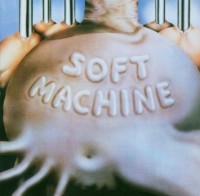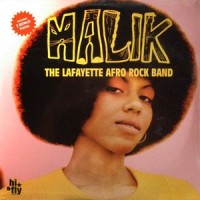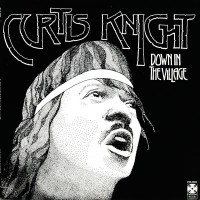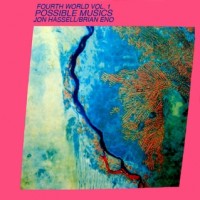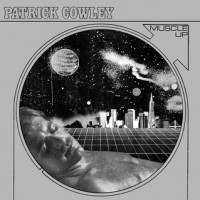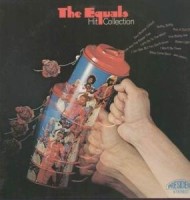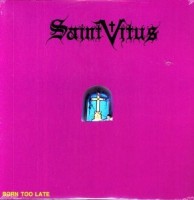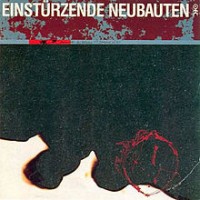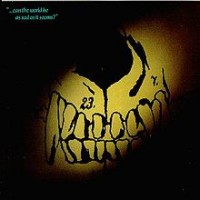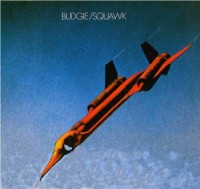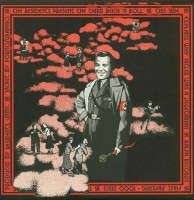
This was my introduction to the Residents and let me tell you, its impact was immediate and powerful. Divided into two sidelong collages of viciously irreverent covers of popular rock songs of the ’50s, ’60s, and ’70s—“Swastikas On Parade” and “Hitler Was A Vegetarian”—The Third Reich ‘N Roll exposed the machinations of radio fodder as banal and manipulative in the extreme. Yet, even if you’re a fan of the songs the Residents mock here, as I am, you may still find yourself reveling in the clever, ludicrously distorted otherness of these versions. What they do with America’s “A Horse With No Name” is haunting as hell, and more poignant than the original. On the other hand, the Resident’s eviscerate the Box Tops’ “The Letter,” with a tip of the top hat to Joe Cocker’s guttural gargle, to boot. Having a very proper-sounding woman operatically sing James Brown’s “Papa’s Got A Brand New Bag” in German is wrongheaded genius, and those famous horn stabs sound absolutely hilarious in this context. Lulu’s “To Sir, With Love,” though, is smeared beyond all recognition. Similarly, “Heroes And Villains” sounds nothing at all like the Beach Boys, but rather like a squelched-out warping of a Gershon Kingsley/Jean-Jacques Perrey Moog ditty.
The “Hitler Was A Vegetarian” side takes a while to hit its stride, but when it does, oof. The off-key, out-of-time nightmare of “Yummy Yummy Yummy” might ruin bubblegum pop for you forever. (Nah.) The Seeds’ “Pushin’ Too Hard” comes off as a brilliant robotic march that foreshadows Cabaret Voltaire’s cover of the Seeds’ “No Escape.” The mangling of the Rascals’ “Good Lovin” is a bloody travesty that inspires deep belly laughs. Elsewhere, Them’s “Gloria” gets desexualized beyond belief while the absurd machismo of Iron Butterfly’s “In-A-Gadda-Da-Vida” receives a merciless depantsing. By contrast, the stretch starting with Cream’s “Sunshine Of Your Love” and seguing quickly into the Beatles’ “Hey Jude” sounds fucking amazing, as the Residents work wonders out a cheap, out-of-tune synthesizer and shockingly emotive guitar solo, with requisite backing moans. When the “woo woo”s of the Stones’ “Sympathy For The Devil” encroach on “Hey Jude”’s churchy vibes, the album’s relentless deflation unexpectedly turns into inflation. Perverse! Does anyone know Dick Clark’s opinion of this album?
Residents fans probably already know this, but Don Hardy’s documentary Theory Of Obscurity is screening soon in Seattle and elsewhere, and it’s highly recommended. -Buckley Mayfield


